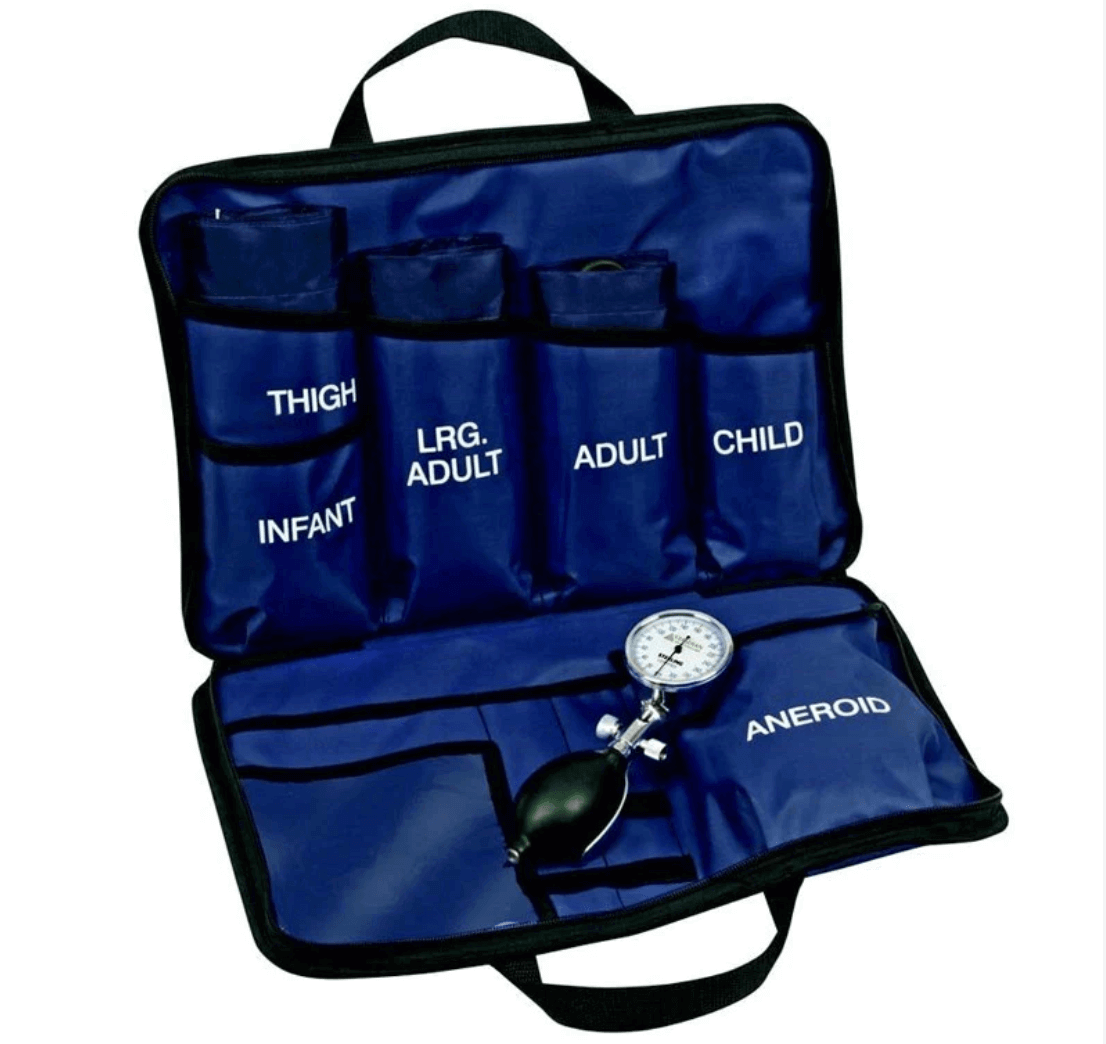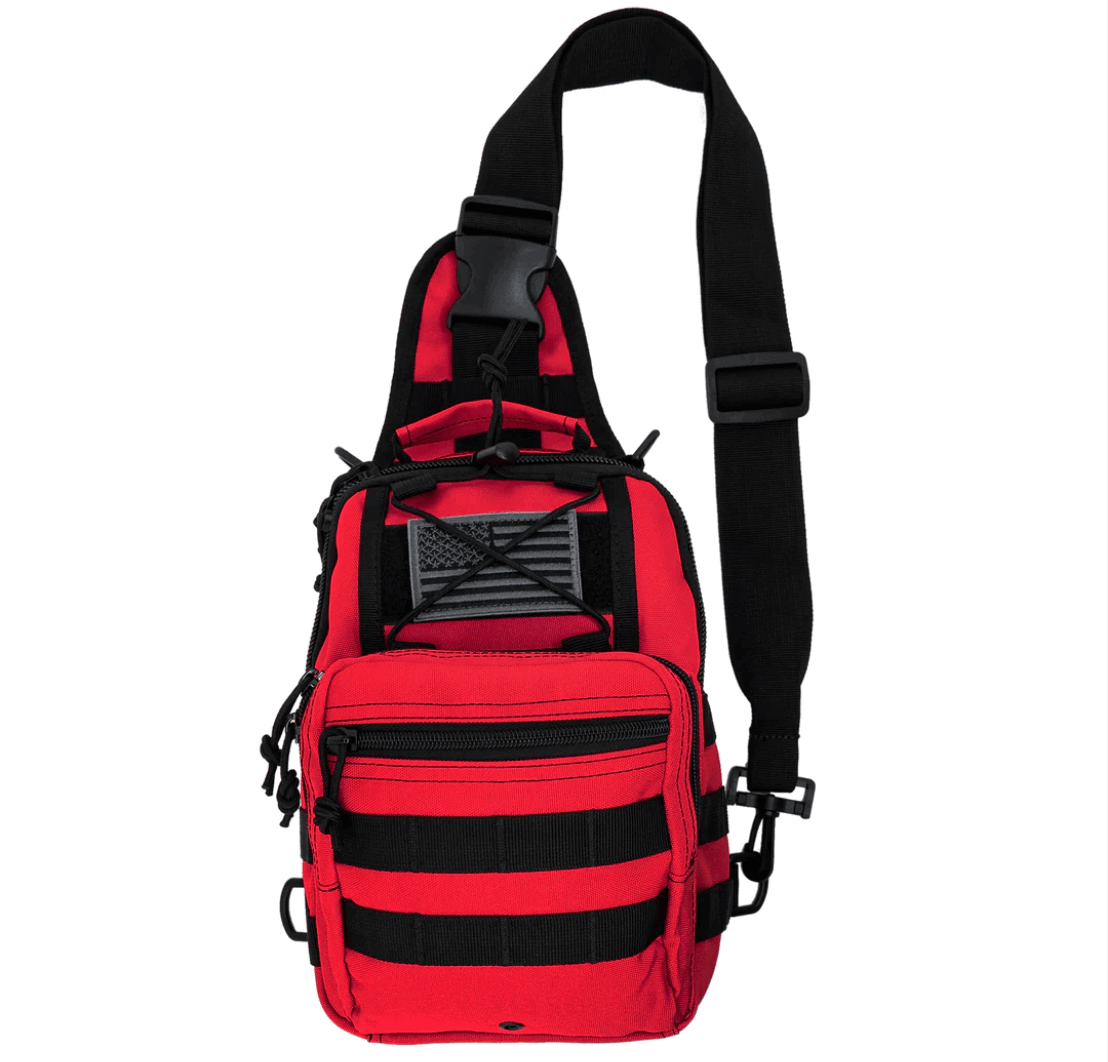Incorporating Israeli Bandages into Your Emergency Kit: Essential Tips and Best Practices

The efficacy of an emergency kit in critical situations is greatly enhanced by the inclusion of appropriate first aid supplies, among which Israeli Bandages stand out for their multifaceted utility and effectiveness. These bandages, developed initially for military use, have gained widespread acclaim in civilian emergency care due to their unique design and capabilities in wound management and bleeding control. This article aims to delve into the significance of Israeli Bandages in first aid, highlighting their key features and outlining why they are an indispensable part of any well-prepared emergency kit.
What Are Israeli Bandages?
Israeli Bandages, a key component in modern first aid and emergency response, are innovative medical devices designed for efficient wound management and hemorrhage control. Originally developed for military use, these bandages have become essential in various emergency scenarios due to their unique design and functionality. They consist of a sterile pad, an elasticized bandage, and a built-in pressure applicator, which together facilitate effective wound dressing and direct pressure application to control bleeding. The bandage also includes a closure bar, enabling it to be securely fastened, further optimizing its effectiveness in emergency care.

Why Include Israeli Bandages in Your Emergency Kit?
The versatility of Israeli Bandages is one of their most significant attributes. They are designed to be used in a variety of emergencies, from minor injuries to severe trauma cases. These bandages are especially effective for controlling bleeding in wounds, which can be crucial in combat and civilian accidents. They can be applied to almost any body part, making them a universal solution for emergency wound care. Additionally, their design allows for quick and easy application, which is vital in high-stress situations where time is of the essence. This adaptability makes Israeli Bandages a valuable addition to any first aid kit, whether it's for personal use, professional first responders, or military applications.
Step-by-Step Guide on Using Israeli Bandages
To properly use an Israeli Bandage, follow these steps:
- Open the Package: Carefully open the bandage packaging, ensuring the sterile pad remains uncontaminated.
- Position the Pad: Place the sterile pad directly over the wound.
- Apply Pressure: Use the integrated pressure applicator to apply firm pressure to the wound site. This helps to control bleeding.
- Wrap the Bandage: Securely wrap the elastic bandage around the wound and the pressure applicator, ensuring it's snug but not overly tight.
- Secure the Closure: Utilize the closure bar or system to fasten the bandage in place. This ensures that the bandage remains secure and the pressure is maintained.
Best Practices in Storing and Maintaining Israeli Bandages
To ensure Israeli Bandages are ready for use when needed, follow these best practices for storage and maintenance:
- Store in a Cool, Dry Place: Protect the bandages from moisture and extreme temperatures to maintain integrity.
- Keep the Packaging Intact: Only open the bandage packaging to maintain its sterility when you intend to use it.
- Familiarize Yourself with the Bandage: Regularly review how to use it properly, even if you don't need to open it.
- Regularly Inspect Your First Aid Kit: Ensure that the bandages and other contents of your kit are in good condition and ready for use.
Additional First Aid Kit Recommendations
In addition to Israeli Bandages, here are essential first aid kit recommendations from LINE2EMS:
LINE2design Blood Pressure Cuff Kit
This kit includes a durable, easy-to-use blood pressure cuff and stethoscope, essential for assessing cardiovascular health in emergency scenarios.
Learn More >LINE2design Nasopharyngeal Airway Kit
The kit contains various sizes of nasopharyngeal airways, ensuring compatibility for different patients, and is crucial in maintaining airways in compromised breathing conditions.
Learn More >LINE2design Sling Backpack, Bleeding Control Sling Bag
Ergonomically designed for quick access, this bag is ideal for organizing bleeding control supplies, with multiple compartments and durable construction.
Learn More >LINE2design Chest Seal, Occlusive Dressing
This occlusive dressing is designed to treat open chest wounds effectively, preventing air from entering the chest cavity during inhalation.
Learn More >LINE2design Emergency Seat Belt Cutters Rescue Lifesaver
Compact and efficient, this tool is crucial for rapid extrication in vehicle entrapment situations, featuring a sharp blade and a safe, easy-to-handle design.
Learn More >LINE2design Emergency Medical Backpack Trauma First Aid Kit
Offering comprehensive medical supplies, this backpack is equipped for various emergencies, from minor injuries to severe trauma cases, with well-organized compartments for easy access.
Learn More >Tailoring Your Emergency Kit to Specific Needs
Customizing your emergency kit to meet specific requirements is essential for effective emergency response. Individual needs can vary greatly depending on factors like medical conditions, activity levels, or geographical location. Similarly, families should consider the needs of all members, including children and elderly relatives. For workplaces, emergency kits should align with the nature of the work environment and potential hazards present. Including relevant items for specific scenarios ensures that your kit is not only well-equipped but also aptly suited for the particular challenges you or your group may face.
The inclusion of Israeli Bandages in an emergency kit is a critical step in being prepared for emergencies. Their unique features, coupled with proper usage and storage, make them an invaluable asset in first aid. Being well-prepared with the right supplies, including Israeli Bandages, can make a significant difference in emergency response and care.







